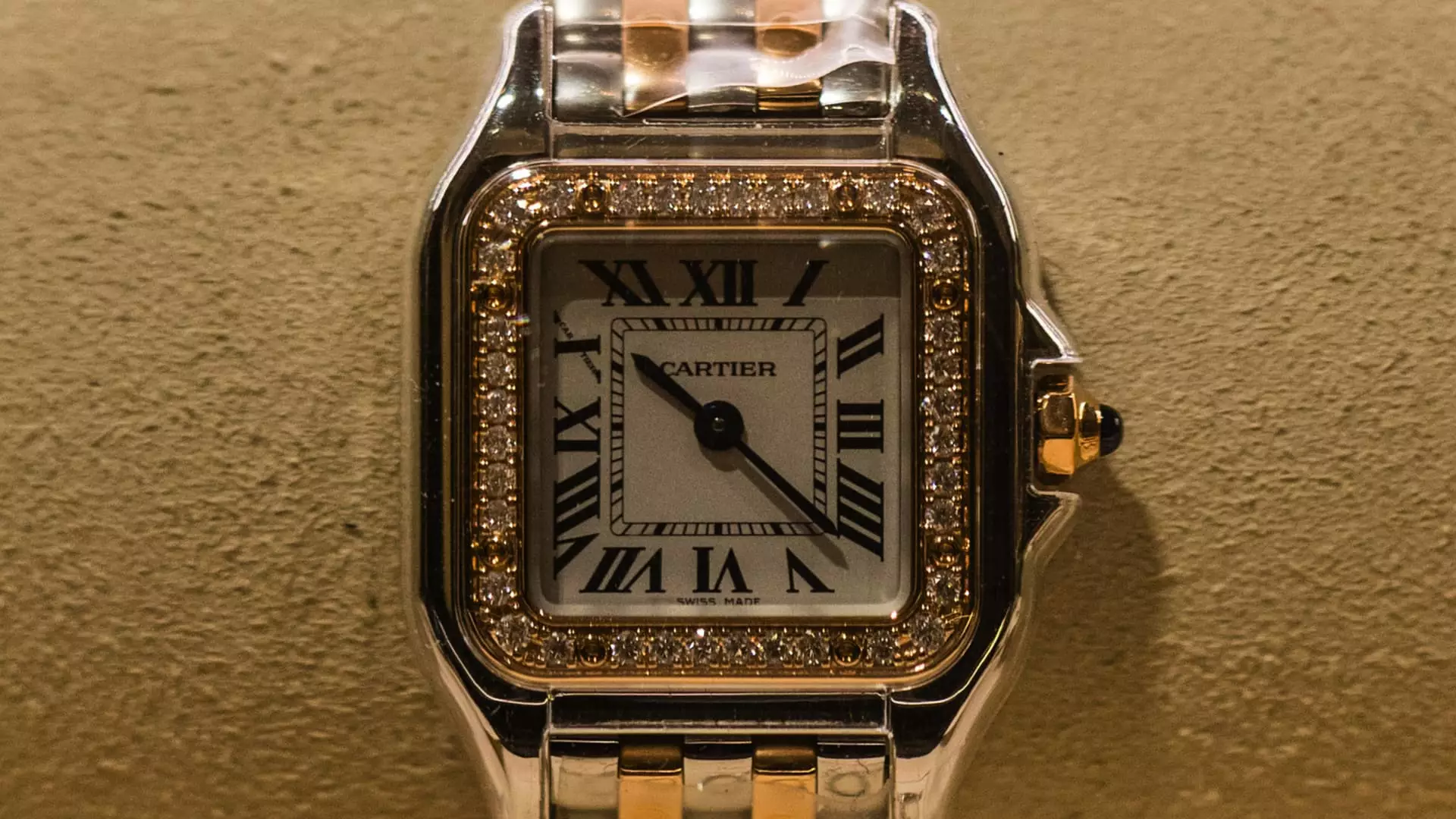In a world gripped by financial uncertainty, the Swiss luxury powerhouse Richemont has posted an impressive performance that defies the gloomy forecasts echoed across the economic landscape. With fourth-quarter revenues skyrocketing to 5.17 billion euros, a remarkable 7% increase compared to the previous year, it underscores a critical examination of consumer priorities amidst chaos. The resilience shown by affluent customers is not only a testament to their wealth but also a statement on the power dynamics between luxury brands and global economic pressures.
While mainstream markets might falter under the weight of inflation and economic policy changes, the luxury sector appears to be insulated—or perhaps even invigorated—by these challenges. The surge in sales, especially within Richemont’s Jewellery Maisons, highlights a distinct consumer behavior: the elites are willing to invest in extravagance even as economic clouds loom overhead. It’s an affirmation that the spending habits of the rich remain unscathed, providing a striking contrast to the tightening purse strings of the middle and lower classes.
Regional Disparities and the Asian Market Dilemma
However, not all that glitters is gold. The company’s broad performance reveals a troubling narrative regarding the Asia-Pacific region, particularly China, which experienced a staggering 23% decline. In a market that was once the engine driving luxury consumption, this downturn raises questions about the sustainability of affluence in what many considered a thriving demographic. Are the wealthy in China slowing down their purchases due to stricter economic policies and shifting consumer sentiment, or is this merely a blip on the radar in the larger context of wealth inequality and market volatility?
Japan’s dazzling 25% increase in sales presents a contrasting tale, attributed to not only robust domestic consumer spending but also an influx of international tourists benefiting from a weakened yen. This juxtaposition emphasizes the need for luxury brands to navigate geographically disparate markets effectively. As the global economic landscape becomes increasingly polarized, brands must adopt a strategic approach tailored to local consumer dynamics.
Challenges Beneath the Surface
Despite resilient sales figures, the road ahead is fraught with challenges that could dampen this luxury exuberance. The looming specter of U.S. tariffs and fluctuating gold prices threatens to overshadow consumer confidence, especially as international tensions rise. While Richemont’s pricing power may partially offset these adversities, it raises an ethical question: is it sustainable to lean on the affluent for growth when their wealth could diminish overnight due to changing economic policies?
Richemont’s Chairman, Johann Rupert, emphasizes the necessity for agility and vigilance, alerting us to the fragile nature of this market. The luxury sector’s performance should not lead to complacency; instead, there should be a deeper introspection concerning the implications of wealth concentration and its effects on the broader economy. Are luxury brands merely a reflection of economic disparity rather than a true measure of growth?
As the luxury market evolves, it becomes increasingly crucial for stakeholders to consider not just profits, but the long-term societal impact of their strategies. The vibrant pulse of luxury, while striking in its current form, may very well need to accommodate a changing narrative that prioritizes inclusivity over exclusivity.

